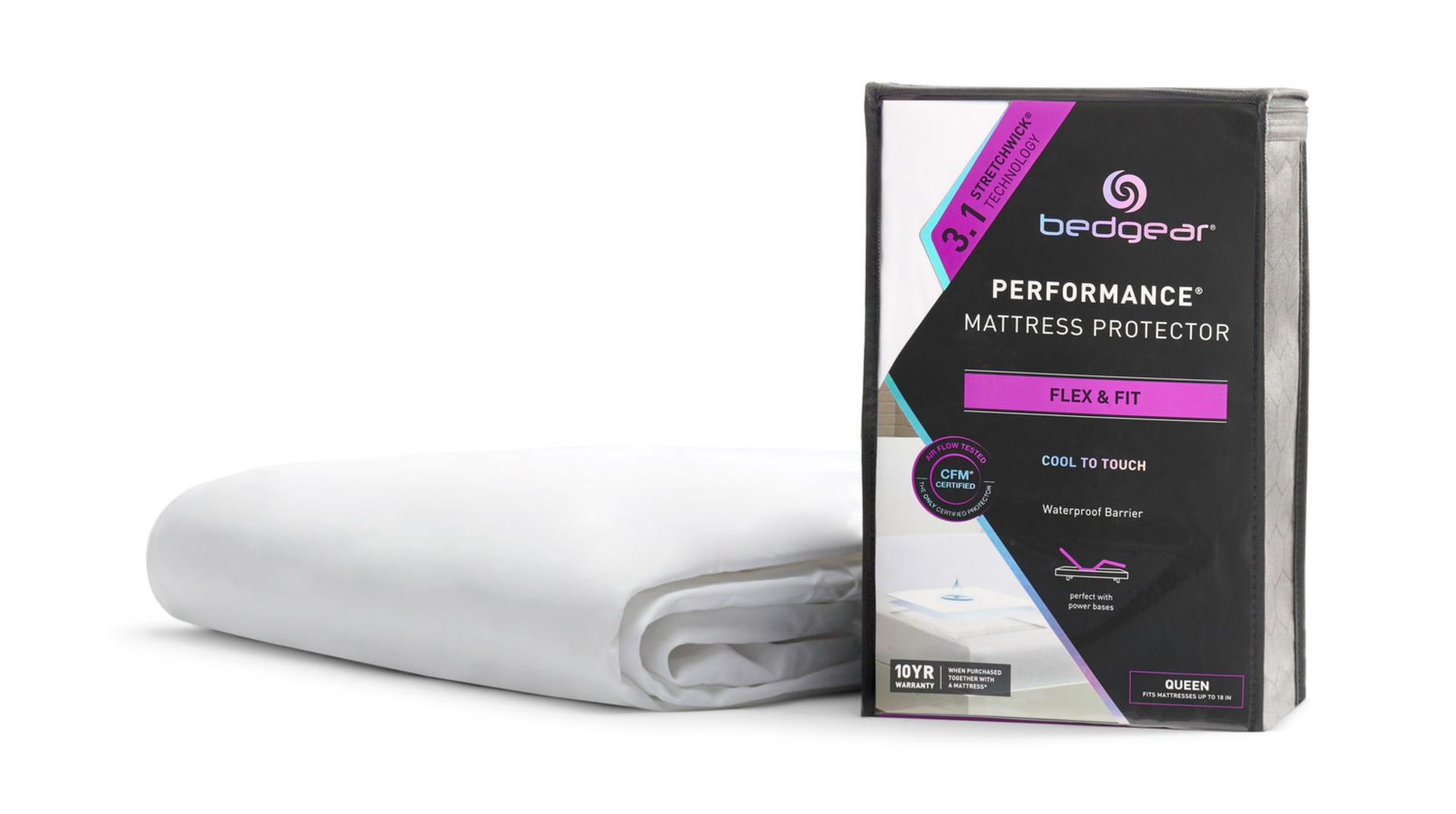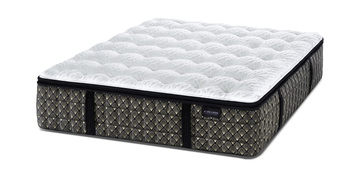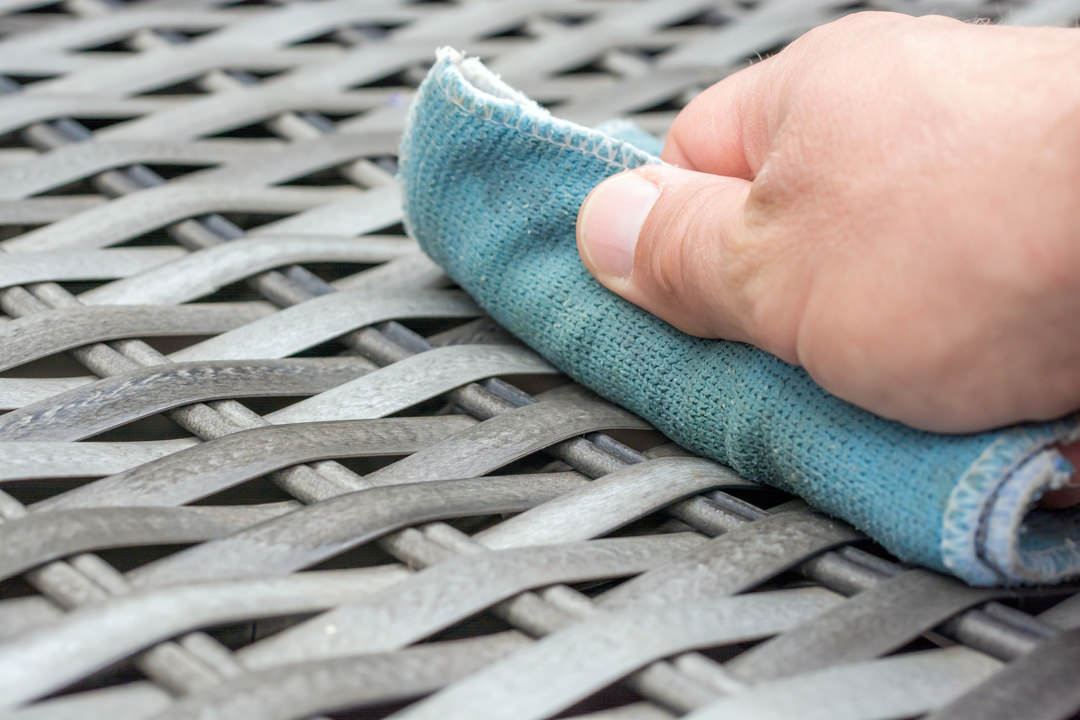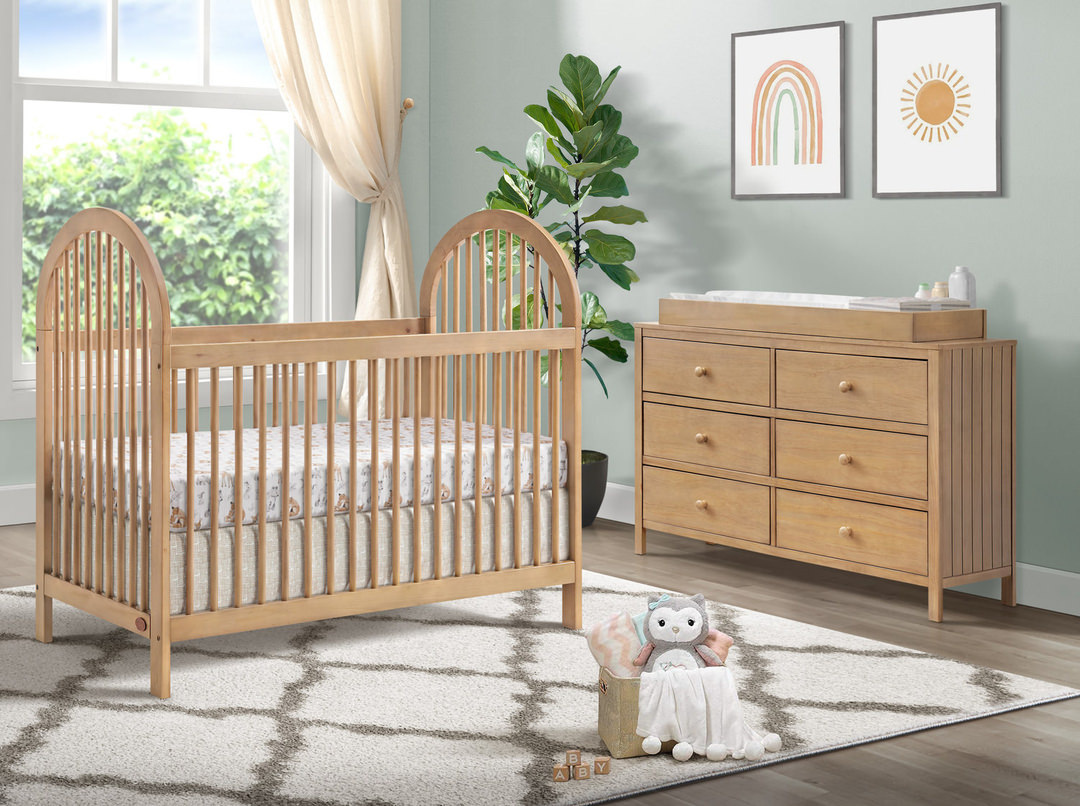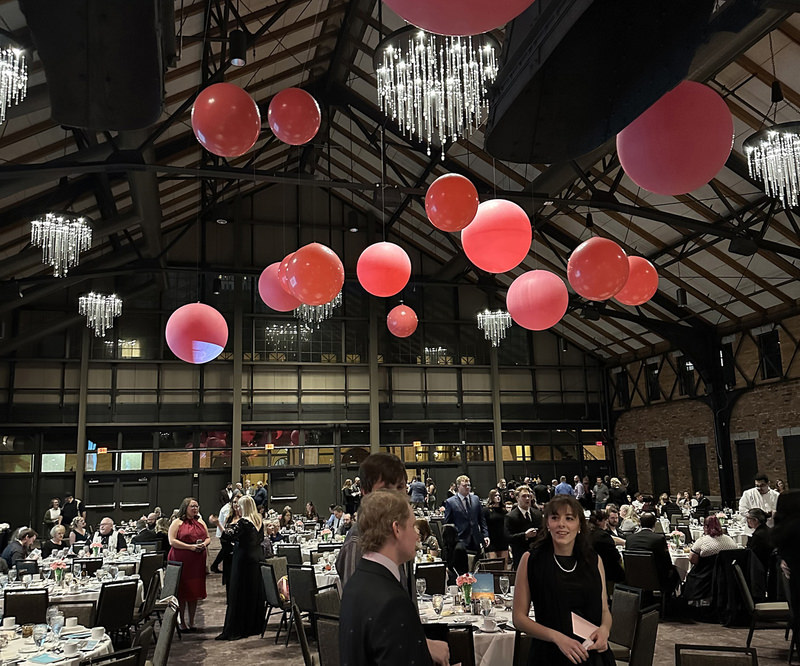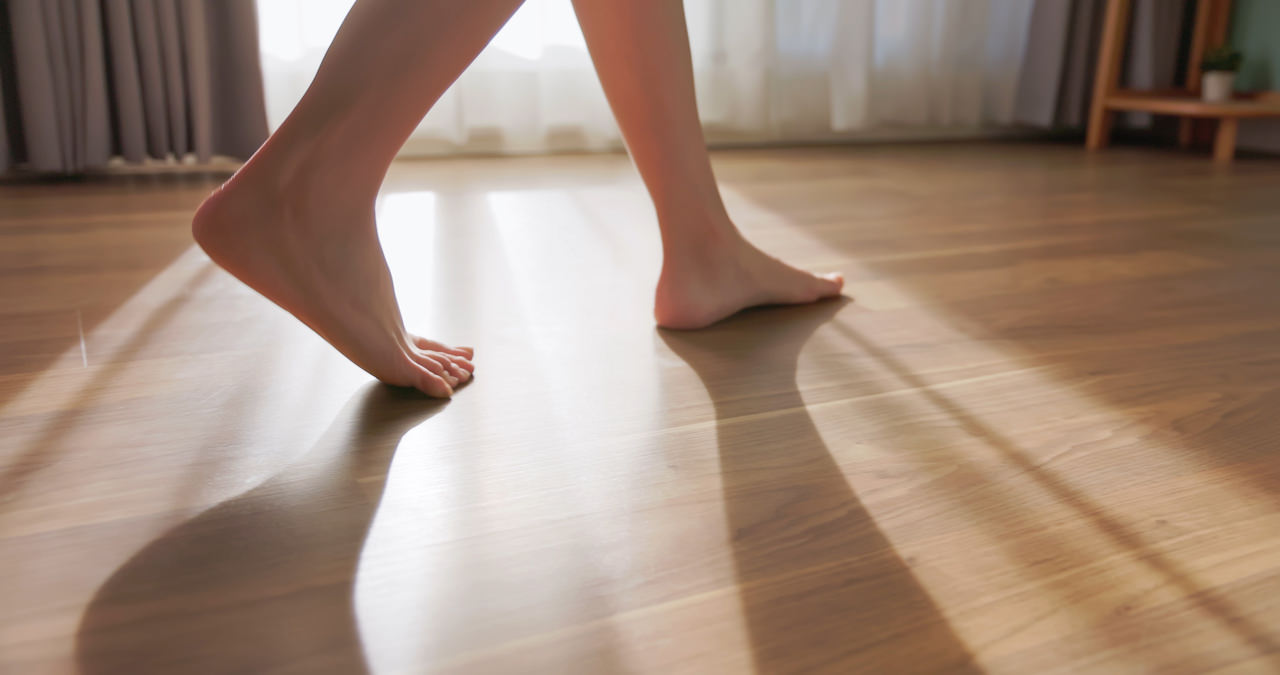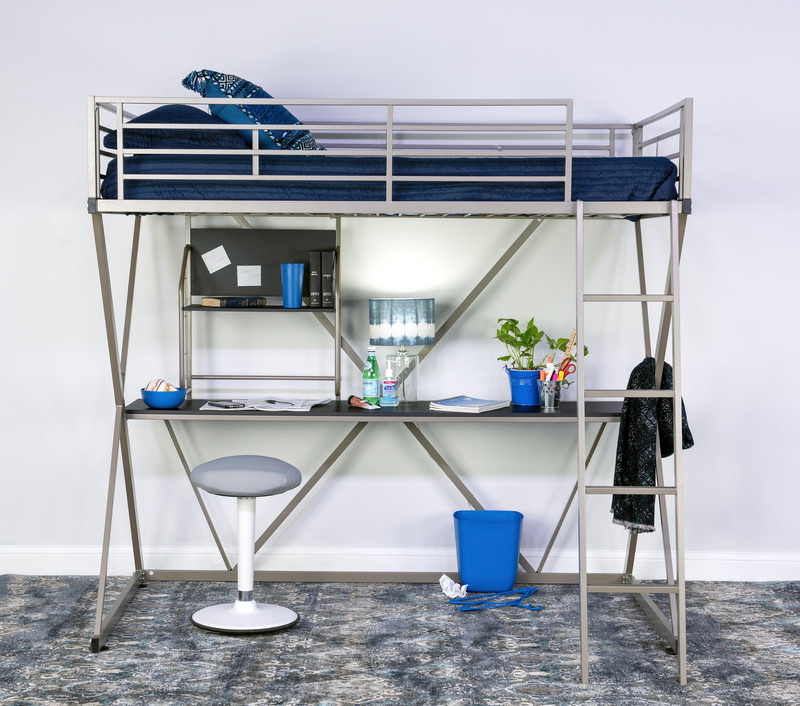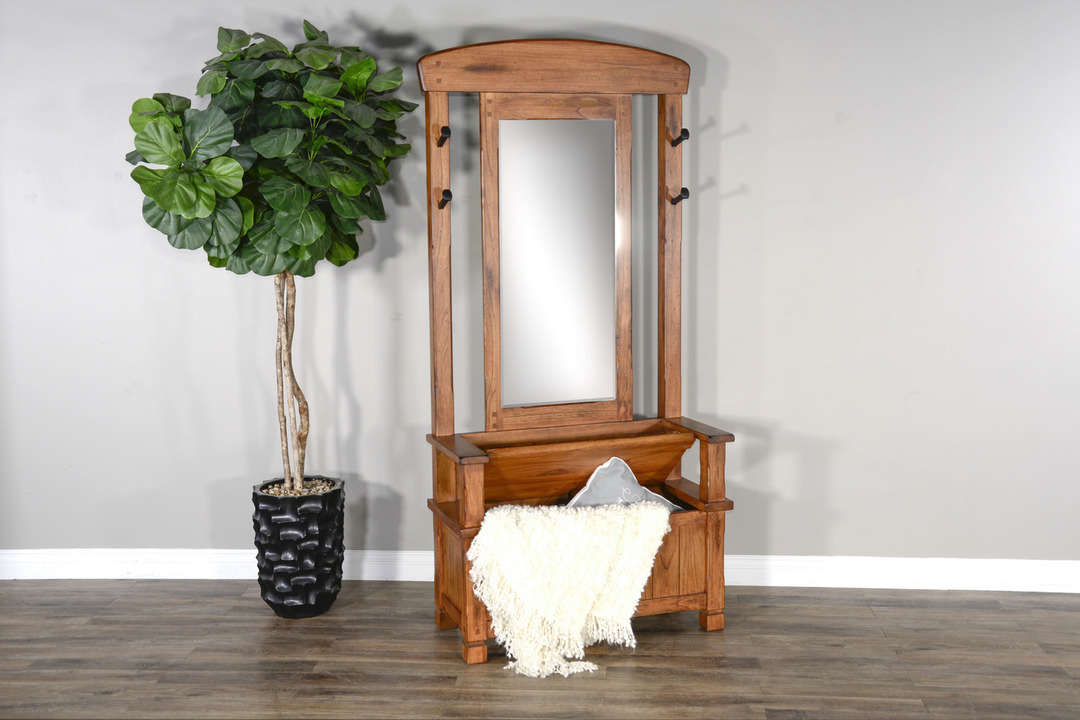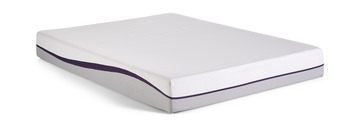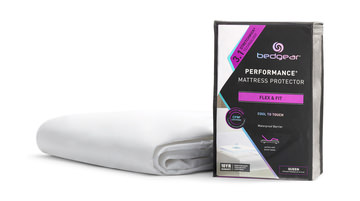Signs You Need a New Mattress
Watch out for sinking, sagging, sneezing and trouble snoozing.

A mattress is a bedroom staple and a purchase that you undoubtedly put a lot of thought into beforehand. Because of this, you may not realize when your mattress is beginning to cause issues in your life.
Even if your mattress used to be the perfect match for you, natural wear and tear means that you should be in the market for a new mattress every 6-8 years. Because of the years of use, mattresses will break down from their original shape, causing sinking, sagging, soreness, even allergy-like symptoms and problems sleeping. Here are five signs that your mattress may have outlived its life and it is time for an upgrade.
1. Visible Signs
One of the easiest ways to tell if you are in need of a new mattress is to look for visible signs of wear. Since these changes happen gradually, you may not notice without taking a closer look at the mattress itself. Generally, you want to replace your mattress every 6-8 years, but mattresses have different lifespans depending on what type of material it is, how much it is used and other external factors. Some of the telltale signs of an old mattress include:
Sinking and sagging are two of the most common visible signs of an old mattress. This is when your bed begins to dip in the middle and leads to a lack of support.
Rips, tears and holes are another indicator that your mattress is in need of a change.
Stains can lead to odor and other issues. You should minimize staining by using a quality mattress protector. If your mattress does have staining, it may be time to consider an upgrade.
Wear and deformities in the mattress foundation are indicative of wear and less than ideal performance.
2. Trouble Sleeping
Another sign that you likely need a new mattress is continuous trouble sleeping. If you have slept great on your mattress through the years, this change in patterns may indicate that your mattress has lived out its lifespan, and it is time for a replacement. If you are unsure if it is your mattress causing the sleeping problems, you can check for the visible signs of wear and tear mentioned above or try sleeping in your guest room or another bed for the night to test out a different mattress and see if you are able to sleep better. This can help you be sure of your decision and be confident in the fact that it is time for a new mattress.
3. Feeling Sore in the Morning
Similar to having trouble sleeping at night, if you start to wake up sore unexpectedly, this can be a sign that your mattress is no longer doing its job. This is likely because of the alterations in shape throughout the years and potential indentations from where you tend to sleep. Keep in mind that not all aches and pains are due to a bad mattress, but this is a good indicator that it may be time for a change.
4. Worsening Allergies
As mattresses get older, dust mites, bacteria and allergens can gradually build and cause worsening symptoms when you wake up. This can cause typical feelings of seasonal allergies like sneezing and congestion, so especially if you are noticing this outside of allergy season, you may want to start looking for other signs of mattress depreciation and begin looking for a new alternative–and a good mattress protector.
5. Getting too warm
Overheating at night can be another telltale sign of needing a new mattress. As a mattress gets older, the material will start to break down and lose its original circulation, leading to less airflow through the night. Even if your mattress isn’t showing wear, a new mattress featuring the latest cooling technology may be just what you need to stay cool and sleep better.
When your mattress begins to reach its lifespan of 6-8 years, you may wish to start watching for these signs, so you can keep your sleep as refreshing as possible.
